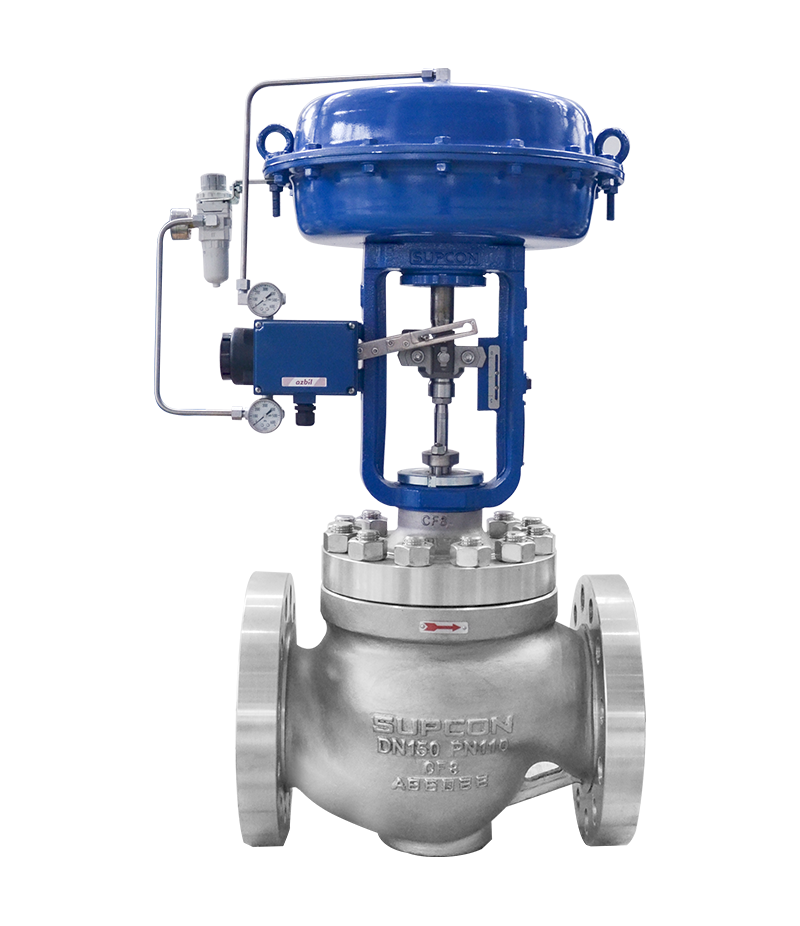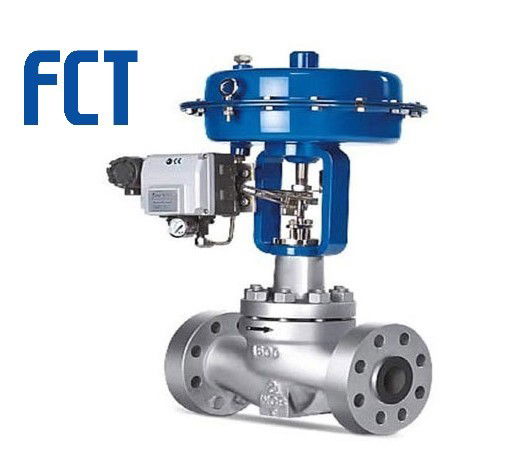Understanding the Importance of Control Valves in Process Automation
Understanding the Importance of Control Valves in Process Automation
Blog Article

Maximize Energy Savings and Comfort With Advanced Structure Automation Controls
In the world of modern-day design and center administration, the combination of advanced building automation controls stands as a pivotal development. The merging of innovation and sustainability has actually birthed a brand-new period where energy effectiveness, convenience optimization, and operational streamlining are no much longer far-off goals but achievable facts. By using the power of automation, buildings can adjust, react, and progress in means that were as soon as inconceivable. The capacity for significant power financial savings and improved comfort is not just a possibility however a guarantee waiting to be met. This paradigm change in structure management holds the vital to opening a world where environmental conscientiousness and occupant wellness sympathetically exist side-by-side within the walls of our structures.
Power Effectiveness Conveniences
Energy performance advantages can significantly decrease power usage and operational prices in buildings. By applying energy-efficient practices and modern technologies, building owners and operators can attain substantial cost savings while also adding to ecological sustainability. Among the key benefits of improving power efficiency in structures is the decrease of utility bills. Energy-efficient systems, such as advanced building automation controls, can enhance using resources like illumination, air conditioning, and heating, leading to lower power expenditures in time.
Moreover, improved power performance can lengthen the life expectancy of building equipment and systems. By operating much more efficiently, heating and cooling systems, lighting fixture, and various other building components experience much less deterioration, resulting in minimized maintenance and substitute expenses. Additionally, energy-efficient buildings often regulate greater residential property values and rental prices, offering lasting economic benefits to owners.
Furthermore, energy performance can boost owner comfort and productivity. Correctly controlled indoor atmospheres with optimum illumination and thermal problems produce a more pleasurable and favorable office, leading to enhanced employee contentment and efficiency. Overall, the energy effectiveness benefits related to innovative structure automation controls are diverse, including price savings, ecological stewardship, and resident well-being.
Improved Comfort Control
Enhancing comfort control in building atmospheres calls for an innovative integration of innovative automation systems for optimum owner well-being. By utilizing sophisticated structure automation controls, facilities can customize the interior environment to fulfill the details demands and preferences of occupants. control valves.
Improved convenience control goes past basic temperature adjustments. It consists of attributes such as individualized settings, tenancy sensors, and natural light usage to develop a dynamic and responsive environment. By incorporating these sophisticated controls, structures can not just enhance convenience yet also boost power effectiveness by maximizing system procedures based on actual tenancy and use patterns. Inevitably, focusing on passenger comfort with innovative automation systems brings about a much more delightful and healthier interior atmosphere.
Operational Effectiveness Improvements

Moreover, the implementation of real-time tracking and analytics tools allows structure drivers to recognize energy ineffectiveness and operational abnormalities without delay. By continuously checking energy usage patterns and system efficiency metrics, modifications can be made in real-time to maximize energy intake and guarantee peak functional effectiveness. control valves. In addition, integrating demand reaction approaches right into building automation controls can even more boost operational effectiveness by dynamically changing power use based on grid conditions and rates signals
Indoor Environment Optimization
Reliable indoor environment optimization is a fundamental element of structure automation controls, guaranteeing passengers' convenience and health while making best use of energy savings. By utilizing sophisticated sensors and controls, building automation systems can constantly monitor and readjust temperature, humidity levels, air top quality, and air flow to develop an ideal indoor atmosphere. Keeping regular and comfy problems not just improves owner contentment but also boosts productivity and total health.
Interior climate optimization also plays an important function in power effectiveness. By fine-tuning air flow, heating, and cooling systems based on real-time data and tenancy patterns, building automation controls can substantially reduce energy usage - control valves. For instance, carrying out strategies such as demand-controlled ventilation and thermal zoning can assist decrease energy waste while making certain that each area of the structure gets the necessary conditioning.

Lasting Setting Production
Building automation regulates not just enhance interior environment conditions for power effectiveness and resident comfort but additionally lay the structure for creating a lasting environment with tactical management of resources and systems. By incorporating innovative building automation innovations, such as sensors, actuators, and smart software program, centers can adjust and check energy use in real-time to minimize waste and reduce their carbon impact. These systems enable anticipating upkeep, recognizing possible problems prior to they intensify and maximizing devices efficiency to boost long life and effectiveness.
In addition, internet lasting environment development extends past energy monitoring to incorporate water conservation, waste reduction, and interior air high quality renovation. Structure automation controls can control water use, spot leaks, and make certain proper waste disposal practices, adding to total sustainability initiatives. Additionally, by monitoring and managing ventilation and purification systems, these modern technologies improve occupant health and wellness and performance while decreasing power usage related to heating and cooling procedures.
Conclusion
In conclusion, advanced structure automation manages deal considerable benefits in terms of energy cost savings, comfort control, operational effectiveness, indoor environment optimization, and producing a sustainable atmosphere. By implementing these controls, structures can achieve optimal performance while decreasing energy intake and improving passenger comfort. It appears that making use of innovative automation modern technology is critical in boosting structure performance and producing a much more lasting future.
Power performance advantages can considerably decrease energy usage and operational costs in structures. On the whole, the power efficiency advantages connected with innovative building automation controls are diverse, encompassing expense savings, ecological stewardship, and passenger wellness.
Additionally, incorporating demand response approaches into building automation controls can additionally boost operational performance by dynamically adjusting energy usage based on grid problems and pricing signals.
Structure automation regulates not only maximize interior environment problems for energy efficiency and passenger convenience however additionally lay the structure for producing a sustainable atmosphere via critical administration of look here sources and systems.In conclusion, progressed building automation controls deal significant advantages in terms of power cost savings, comfort control, operational performance, interior climate optimization, and developing a sustainable atmosphere.
Report this page